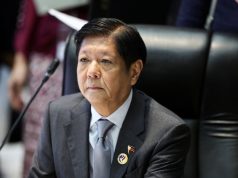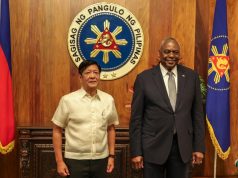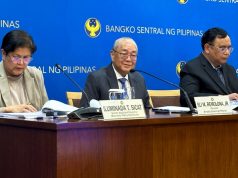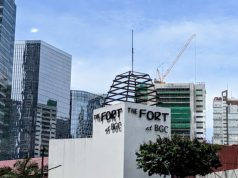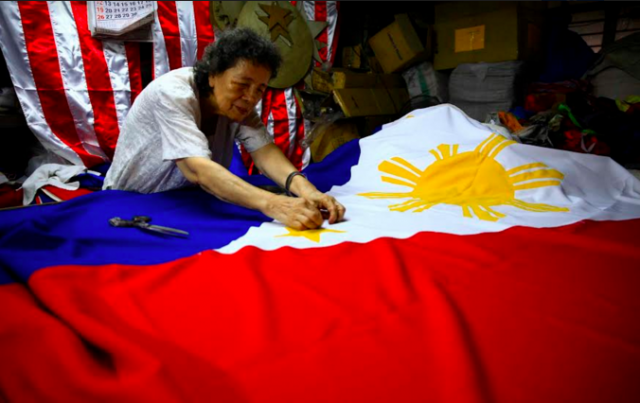
MANILA, Philippines — There would no longer be a vice president and the Philippines would no longer be known as Luzviminda as two more major areas or states would comprise the whole country.
Also, a president could run for a second term and would have the chance to rule the country for a decade.
These are among the proposed amendments to the 1987 Charter by Southern Leyte Rep. Roger Mercado, chair of the House Subcommittee on Constitutional Amendments that immediately drew sharp reactions on Tuesday from panel members, who had varied and differing ideas.
Under Mercado’s proposed draft constitution of the Federal Republic of the Philippines, the country would be ruled by a president as head of state, to be elected by direct vote of the people for a term of five years with one re-election.
The head of the government, meanwhile, would be the prime minister, who would be elected by a majority of all the members of the parliament.
Also, the draft proposes the creation of five states — Luzon, Visayas, Mindanao, Bangsamoro, and Metro Manila. Each state shall have a unicameral state assembly.
Other proposed amendments would be on changing the form of government that include:
–Shifting to Parliament of the Federal Republic that would consist of the Federal Assembly as the national legislative department, and the Senate as the legislative body representative of the regions;
–Having a Federal Assembly to be composed of not more than 300 members; 80 percent of its members to be elected, where each single legislative electoral district shall have one seat in the Assembly; the remaining 20 percent shall be elected through a party-list system of registered federal or regional sectoral parties or organizations;
–Giving each city or province with a population of at least 350,000 voters at least one member of the Federal Assembly
-Providing each state a minimum of three seats in the Senate
Meanwhile, the same Charter change draft proposes the following transitory provisions:
–Holding the first election under the new Constitution on the second Monday of May 2022;
–Dissolving Congress after the adoption of the Constitution; the Senate and the House of Representatives would then be replaced by an interim parliament composed of incumbent congressmen and senators and appointees of the President;
–Holding the first regular elections for the president of the Federal Republic on the second Monday of May 2022;
–Allowing the Vice President to continue to exercise her powers and prerogatives until 2022 based on what is mandated under the 1987 Charter
Rep. Mercado’s proposed amendments, however, did not get the nod of some members of the House subcommittee.
Negros Occidental Rep. Arnolfo Teves said he wanted a unicameral legislature to minimize gridlock.
Ako Bicol Rep. Rodel Barocabe wanted to do away with term limits for the federal assembly but keep term limits for the states and local assembly.
Meanwhile, Negros Occidental Rep. Albee Benitez told the committee that the proposed Federal Assembly should be done with the amendments by March so that it could be put to a referendum by May.




